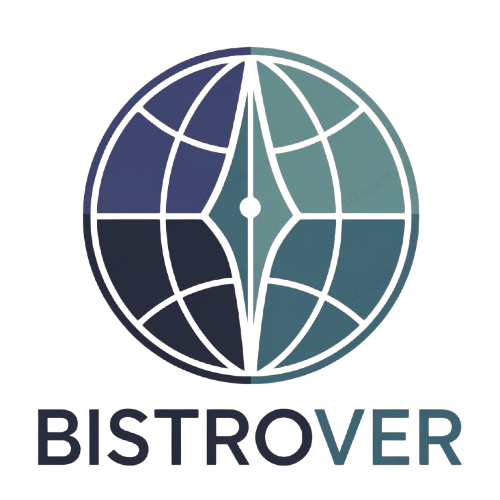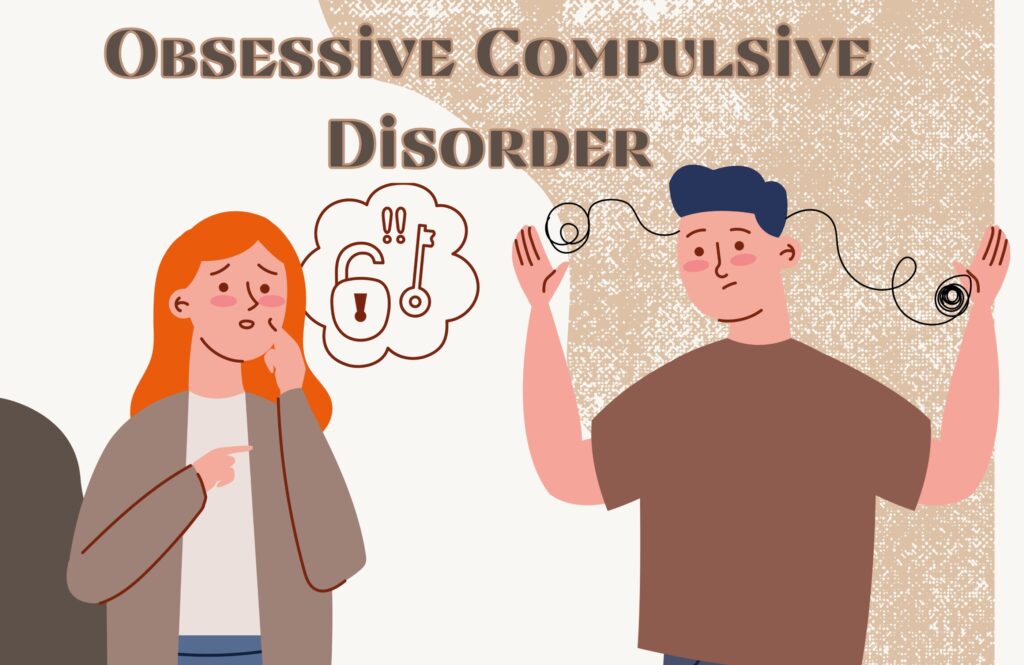Therapist for OCD: Finding Effective Treatment and Support
Finding the right therapist for OCD can significantly impact an individual’s journey toward managing their symptoms. A therapist experienced in treating obsessive-compulsive disorder can provide tailored strategies that directly address the unique challenges of living with OCD. This specialized support can lead to more effective coping mechanisms and improved quality of life.
Selecting a suitable therapist requires careful consideration of their background, therapeutic approaches, and specific experiences with OCD. Individuals should look for professionals who utilize evidence-based treatments, such as Cognitive Behavioral Therapy (CBT) and Exposure and Response Prevention (ERP). Effective communication between the therapist and client is also crucial for building trust and fostering progress.
The journey to finding help can often feel overwhelming, but knowing what to look for in a therapist can alleviate some of that anxiety. Engaging with a knowledgeable professional brings hope and clarity, making it easier to tackle the intricacies of OCD. By understanding the importance of a specialist in this field, individuals can take proactive steps toward recovery.
Understanding OCD
OCD, or Obsessive-Compulsive Disorder, manifests through persistent thoughts and repetitive behaviors. This section explores its characteristics, common compulsions and obsessions, and the impact on daily life.
Characteristics of OCD
Individuals with OCD experience intrusive thoughts known as obsessions. These thoughts are often distressing and provoke significant anxiety. To alleviate this anxiety, they engage in repetitive behaviors called compulsions.
Symptoms can vary widely, but one constant is the recognition that these thoughts and behaviors are irrational. However, the compulsive rituals can feel necessary to prevent an imagined disaster.
OCD is often accompanied by a need for order or symmetry. Affected individuals may spend excessive time arranging items or ensuring tasks are completed in a specific order.
Common Compulsions and Obsessions
Common obsessions include fears of contamination, harm to self or others, or a pervasive need for symmetry. These thoughts lead to compulsive actions such as excessive washing, checking locks, or organizing items in a precise manner.
Examples of Compulsions:
- Cleaning: Repeatedly washing hands or cleaning surfaces.
- Checking: Constantly checking doors, appliances, or personal items.
- Counting: Engaging in counting rituals to feel secure.
These compulsions provide temporary relief from anxiety but do not resolve the underlying obsessions. Individuals often report feeling trapped in this cycle of thought and behavior.
The Impact of OCD on Daily Life
OCD significantly disrupts daily routines and erodes quality of life. Individuals may struggle to complete tasks due to compulsive rituals.
Work, school, and relationships can suffer as the disorder consumes time and energy. Social interactions may be avoided to prevent the triggering of obsessions.
Many individuals with OCD feel embarrassment or shame, leading to isolation. This isolation can worsen symptoms, creating a challenging feedback loop. Seeking treatment often becomes crucial to regain control over daily life and improve overall well-being.
Therapeutic Approaches for OCD
A variety of therapeutic approaches effectively address Obsessive-Compulsive Disorder (OCD). Key methodologies include Cognitive Behavioral Therapy, specific forms of exposure therapy, and medications that can support treatment.
Cognitive Behavioral Therapy (CBT)
Cognitive Behavioral Therapy is a cornerstone treatment for OCD. It focuses on identifying and changing negative thought patterns that contribute to anxiety and compulsive behaviors.
The therapy involves the patient working collaboratively with a trained therapist. Goals include recognizing triggering thoughts and learning coping strategies to challenge these thoughts.
CBT typically combines cognitive restructuring with behavioral techniques. This dual approach helps to instill healthier thinking patterns while simultaneously reducing the frequency of compulsive behaviors. Patients may also learn mindfulness techniques to become more aware of their thoughts without acting on them.
Exposure and Response Prevention (ERP)
Exposure and Response Prevention is a specialized form of CBT. It involves gradual exposure to feared situations or thoughts, paired with the prevention of compulsive responses.
The process begins with the therapist helping the patient create a hierarchy of fears. This structured exposure allows patients to confront their obsessions in a controlled manner.
During ERP, individuals learn that engaging in compulsions only reinforces their fears. Over time, they become desensitized to their anxieties through repeated exposure without relying on compulsive behaviors. Success in ERP often leads to significant reductions in OCD symptoms.
Medication as a Supplemental Therapy
Medication can be an effective supplementary treatment for OCD. Selective Serotonin Reuptake Inhibitors (SSRIs) are commonly prescribed to help manage symptoms.
These medications work by increasing serotonin levels in the brain, which can help reduce anxiety and obsessive thoughts. It often takes several weeks for patients to notice significant improvements.
In some cases, doctors may consider other types of medications, like atypical antipsychotics, especially if OCD symptoms do not fully respond to SSRIs. Medication is generally most effective when combined with therapy, offering a comprehensive approach to treatment.







